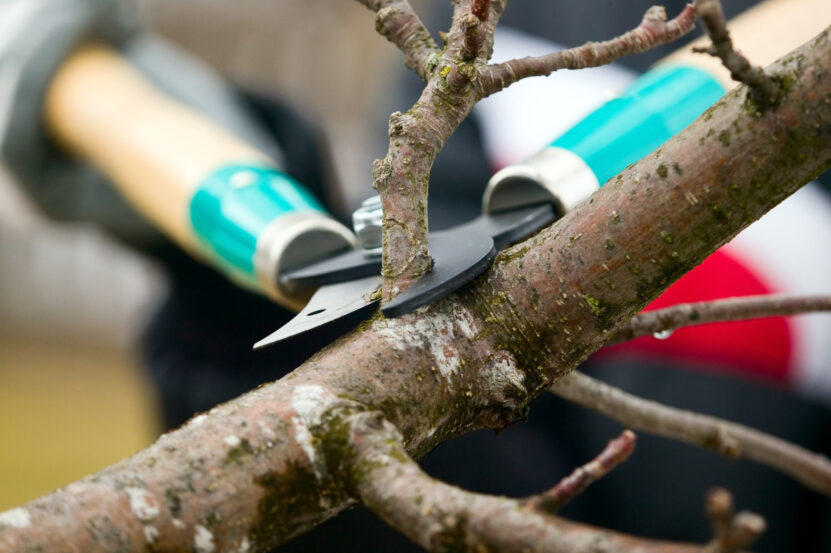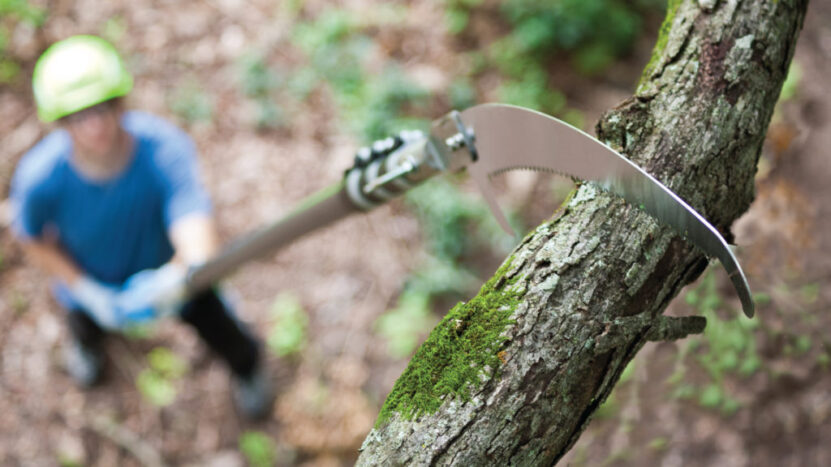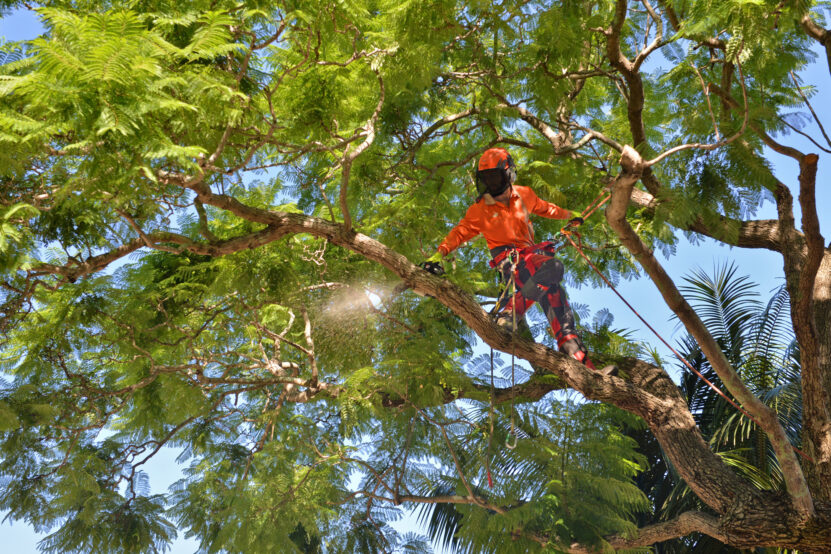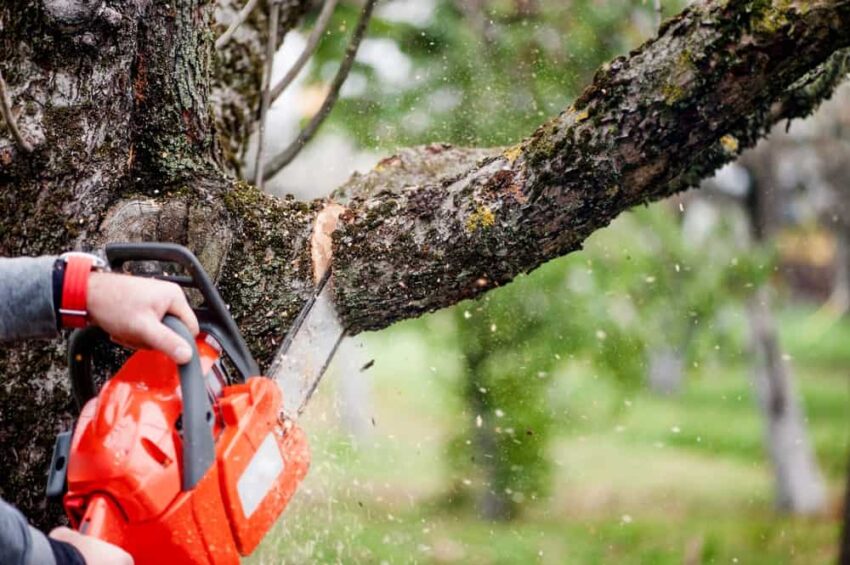If you have a well-maintained backyard then you already know that it is necessary to do tree lopping every year. Otherwise, if you stop the yearly pruning, in just one or two years, your trees will start growing uncontrollably in all of the wrong directions.
That’s why it is so important to be disciplined when it comes to tree lopping. However, we also know that this process is not that easy as it can be very time-consuming and physically demanding. That is probably why most people resort to calling professionals such as A B Trees.
However, maybe if you know the right methods, rules, and best practices, tree lopping can be considerably easier. In this article, we will give you exactly that.
Should you start pruning your trees?

Our introduction might have scared you away from this process a bit and pushed you towards considering hiring professionals to do the job for you. That is also a good option and usually, it is the better option since they’ll do everything safer and faster.
However, there is a certain amount of satisfaction you can get when you do this by yourself and it will also end up cheaper. Furthermore, the next year, you will find lopping even easier as you will be already familiar with all of the methods and rules.
So, if you find this to be an interesting challenge then you should definitely take it up. If you do not feel like you have the time or patience for it, we recommend hiring professionals to do the job for you.
If you’ve decided to prune your own trees, let’s look at some of the best practices.
Ensuring you have the right tools

First things first, you won’t be able to do anything without getting all of the right tools for the job. Here’s what you will need:
- Pruning saw and chainsaw – these are crucial for cutting larger and medium-sized branches
- Hand shears and topiary shears – useful for shaping bushes and trees. The topiary shears are for leaves or very thin branches while the hand shears can handle thicker bush branches.
- Loppers and long-reach pruner – we recommend getting both. The long-reach pruner for tall trees and their branches and the loppers for hard-to-get-to branches.
Once you have this in your tool set, it’s time to learn the various methods to ensure that your tree lopping is safe and effective.
Spotting what needs to be lopped
With your tools in hand and the will do to this job on your own, it is time to find what needs to be sheared, pruned, or sawed.
First, start with the bigger and harder tasks. Look for all the branches in trees that are dead, dry, or drooping. Those are your priority for pruning. Later we will talk about exactly what you need to do. For now, let’s see what else you can do.
Scout for any shrubs or suckers growing around the base of the trunk. These need to be taken care of as they are also a waste of resources. Resources that can go into the tree’s produce and leaves.
Also, look for any trees that are growing towards your house or your main sitting spot in the backyard. These might need to be pruned as they can damage your house, break windows or just be an annoyance.
While you’re tree lopping, it is not a bad idea to take care of the bushes. Usually, you will know whether it is time to prune these or not. If they are overgrown then they probably need some shearing action.
Tree lopping

Now with a good idea of what needs to be taken care of, grab your set of tools and head over to the first tree.
The droopy branches that are still healthy can be saved. With a pruning saw, you can cut off a quarter of the branch and see how it fares after a couple of days or weeks. If it doesn’t recover, you can cut the entire thing.
Dead and dry branches can’t really be saved, so grab the saw again and cut at the base. We recommended cutting right after the collar. This is very important as the collar is part of the trunk rather than the branch.
Once you are done with those, your tree will finally have the necessary resources to start growing its leaves and fruits!
Next up, the suckers around the trunk. You can probably cut these with the hand shears or the loppers. Use whatever, just make sure to cut at the lowest point, so they don’t start growing back.
Lopping larger branches

Cutting these larger branches can be a bit of a problem, so you will need to be a bit more careful. These things are heavy, so you will want to make sure that you or anyone else is out of the way when they fall on the ground.
So, when the ground below is clear, start your first cut from below, a few inches away from the trunk, and cut about half or one-third into the branch. You can use the saw or the chainsaw. The chainsaw will make things much easier, but it’s also more difficult to maneuver with it.
The next cut should start from the top, but a bit further out. Keep cutting until it loses support and it breaks away. With that done, use your chainsaw again to cut the stub. Again, make sure not to cut into the collar!
Conclusion
And that’s about it! If you followed these steps then you were successful at tree lopping. Of course, if you have other trees, you will need to take care of those too. And with time, learn all of the neat tricks that can make the whole process so much easier.
Naturally, those types of useful tricks always come with personal experience rather than reading about them online.
Either way, we hope that our article was helpful and that tree lopping will not be a problem for you anymore!
